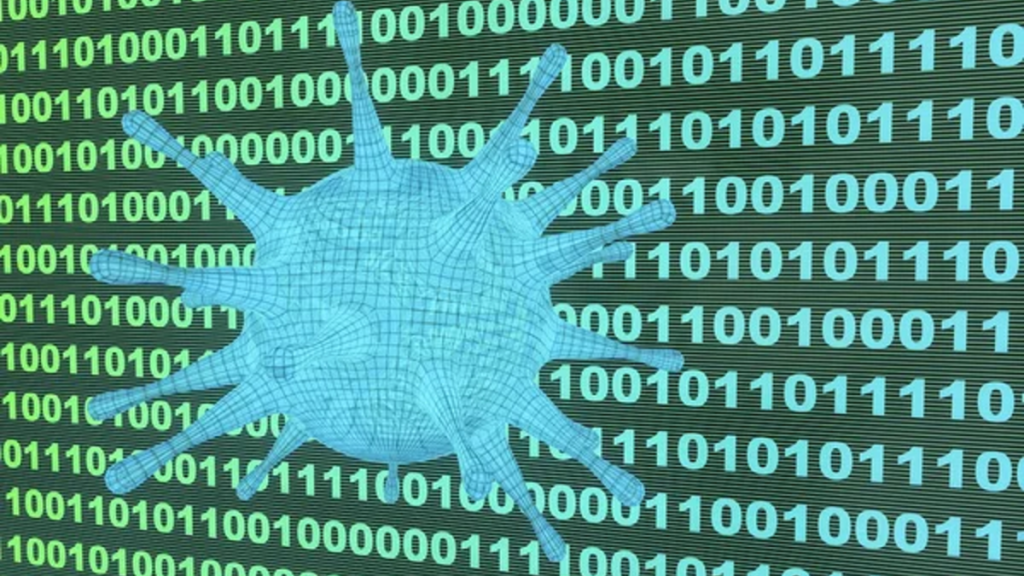Earlier, computer viruses were simple and often hand-coded. They were created more out of curiosity than malice. Today, we live in an era where artificial intelligence not only helps detect malicious programs, but is also used to create them. AI-powered malware is becoming increasingly common. This is causing a new wave of concern among cybersecurity professionals and users alike. How to effectively protect yourself from these intelligent threats is becoming a key issue for anyone who works with digital devices.
Today’s Computer Viruses as A New Level of Threat
Modern viruses have gone far beyond typical malicious scripts. They have become self-learning programs capable of changing their signatures and evading detection. What’s more, they can even resist removal. Artificial intelligence viruses have become super dangerous. These viruses change how they act depending on the environment they’re in. This makes it harder to detect them using traditional methods.
Digital hygiene. How to spot and remove a virus from SD card
Despite their simplicity, SD cards can be a target for virus infection. Especially if they are used on multiple devices. You may have downloaded a file from an unknown source or inserted the card into a public computer. The risk of infection is already there. Users often encounter the problem of unknown shortcuts appearing on the media or losing access to files. In such cases, it is important to know how to remove virus from SD card. Also, to do this without formatting and losing important data. One of the most reliable ways is to use special tools. The ones that allow you to scan SD cards for viruses and safely remove malicious software. Proven tools should support deep scanning of SD cards and allow you to identify both simple and AI-powered malware. Algorithms should take into account possible signs of infection and allow you to avoid completely formatting the card. In addition, a reliable tool will provide useful recommendations on how to clean the SD card slot. This will be an important preventive measure against reinfection.
Artificial Intelligence is Changing the Cyber Threat Landscape
AI gives hackers new opportunities. It allows them to:
- automate phishing,
- generate convincing fake messages
- search for vulnerabilities in systems
Such artificial intelligence attacks can target both individual users and large corporations.
New generation malware
Modern AI-powered malware is capable of self-learning. It uses deep learning algorithms to:
- mask its presence in the system
- study user behavior
- avoid detection
Such viruses can only be launched under certain conditions or imitate normal system processes. Thus, even if you use traditional antivirus software, detecting viruses is becoming increasingly difficult.
How AI Helps to Protect. The Antivirus of the Future
Old antivirus systems are based on pre-known samples of malicious code. That is, signatures. However, AI-powered malware easily bypasses such systems. Namely, by changing its algorithms. This means that reliance on traditional antivirus today in most cases leads to a false sense of security.
The new generation
AI antivirus systems are capable of not only searching for known virus signatures, but also studying the behavioral patterns of programs in real time. When a program starts encrypting or massively changing files, this triggers artificial intelligence to signal a possible attack. AI antivirus adapts to new threats faster than traditional solutions.
How to Stay Safe Every Day
Here are some steps you can take today.
- Use AI antivirus.
These systems are more likely to detect new types of threats.
- Update your operating system and antivirus.
Regular updates ensure that known vulnerabilities are patched.
- Scan external media.
Before using a USB flash drive or SD card, scan the SD card for viruses.
- Avoid suspicious websites and emails.
Many viruses spread through phishing links and fake attachments.
- Check physical devices.
Physically cleaning slots helps prevent reinfection by viruses that activate when connected.
Additionally
- Do not download questionable software
- Use multi-factor authentication
- Keep backup copies of your data
Summary
In our reality, cybersecurity is becoming a matter of life and death. Viruses have changed. Once simple scripts, they have evolved into AI-powered malware capable of attacking systems with unprecedented efficiency. However, as threats grow, so do the means of protection. AI antivirus. Behavioral analysis, etc. To effectively counter attacks, users need to stay informed and mindful of their digital habits. And don’t neglect preventive measures. The future of cybersecurity depends on our awareness and the combination of technologies. After all, even the best artificial intelligence cannot save us from a virus if we click on a malicious link ourselves.

